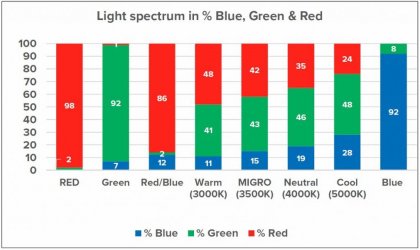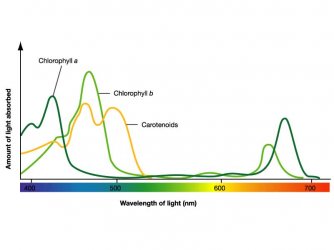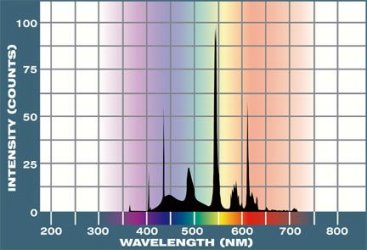Tropicanafishbanana
New Member
so im looking at led lights that grow plants well and they are expensive,
now ive built led strip lights for plants alot, had them allover the house it was so easy to do, but everything seems to say ''water plants in a tank'' have different requirements or need CCT etc ? i cant find a definative on spectrums, most mix them and leading fulvals etc change spectrum all day long ??
on indoor plants i used 4k lights and 6k lights for green growth , the 3500 was used in flowering plants though classed as full spectrum balance,
can i not use the same lights ? theres some strips called bridgelux eb gen 3 which are full spectrum from 2700-6k strips, 1ft strips
on my tank can i not just make a 5k strip light 60w at 700ma ?
or will certain lights hurt the fish ? whats the score here ??
now ive built led strip lights for plants alot, had them allover the house it was so easy to do, but everything seems to say ''water plants in a tank'' have different requirements or need CCT etc ? i cant find a definative on spectrums, most mix them and leading fulvals etc change spectrum all day long ??
on indoor plants i used 4k lights and 6k lights for green growth , the 3500 was used in flowering plants though classed as full spectrum balance,
can i not use the same lights ? theres some strips called bridgelux eb gen 3 which are full spectrum from 2700-6k strips, 1ft strips
on my tank can i not just make a 5k strip light 60w at 700ma ?
or will certain lights hurt the fish ? whats the score here ??




